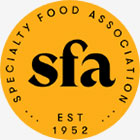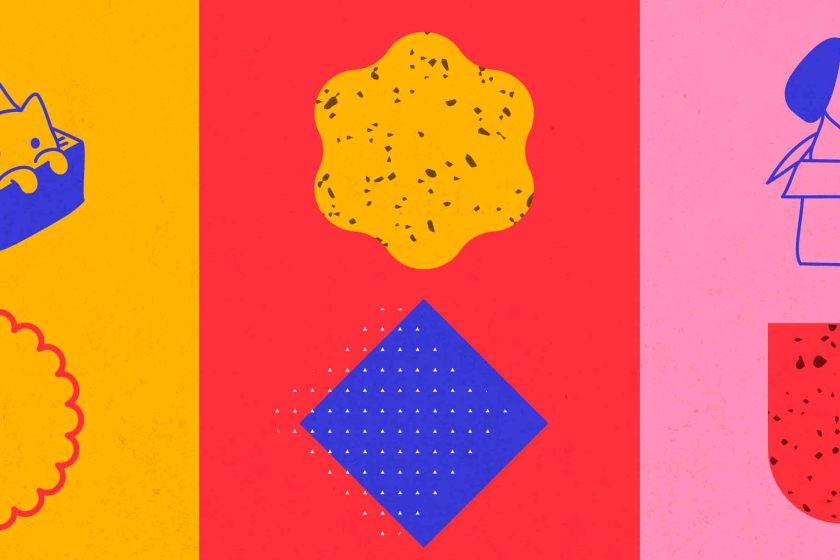

The power of storytelling in CPG brand building at shelf.
Packaging design is integral to establishing brand identity by connecting customers with a brand’s story and values. For CPG pet food brands, it’s not enough to rely on taste appeal or product descriptors alone. Consumers are more likely to form lasting relationships with brands they believe understand them best, and you can connect by tapping into their emotions through design.
Some categories in the grocery aisle require more emotional storytelling than others as part of their positioning. Fresh produce benefits from shared knowledge that fruits and veggies are healthy; therefore, flavor can be a more predominant message. In contrast, baby food is a category that requires targeting an emotional reward for consumers in the prepared foods aisle. Similarly, pet owners have a highly emotive connection to the products they buy–they want to believe that they are making choices that will have an effect, from providing a joyful treat to elongating their pet’s lifespan. Successful package design conveys a story that reflects their desires.
The power of storytelling has been used for centuries to communicate ideas and values, making it an invaluable tool for marketers today. Ownable imagery, custom illustrations, and unique copy can tell visual stories on your product packaging. You can effectively communicate what makes your brand distinctive and how it relates to the customer’s needs without using too much precious real estate otherwise set aside for functional communication.
Color cues, pet’s facial expressions, lively prints–these all evoke feelings of joy and wellness.
For example, suppose your product is a long-lasting dog chew. In that case, you must tell the customer the flavor, duration, size, benefits (dental or age), and ingredients (no-hide or all-natural). Still, you will also need to find a way to tell the story of an occupied, happy pup to tap into the emotional message that the consumer is a loving pet parent by making this product selection. Color cues, pet’s facial expressions, lively prints–these all evoke feelings of joy and wellness that go beyond the more traditional or clinical ways of designing dog treat packaging.
When shoppers can clearly understand how a product will improve their pets’ lives or enhance their experience in some way, they are more likely to purchase it. That is why your positioning strategy should focus on strategic messaging when developing designs that help consumers visualize how their beloved pet will benefit from using the product in question.
We know that most consumers purchasing pet food supplements are reactive, meaning they begin their shopping journey searching for a solution for their pet, often undergoing health challenges like joint pain or itchy skin. Empathetic messaging combined with design language that focuses on efficacy (an example might be a robust geometric pattern meant to indicate strength) makes customers feel they have found something exclusively for their pet. This sentiment could help establish loyalty over time, especially if your product works.
Any CPG pet food brand in today’s crowded and rapidly growing market knows that functional packaging design is essential, especially with so much that needs to be communicated, from dog size to allergen-friendly ingredients. But a well-designed pet-centric package must do more than draw attention or prioritize information; it should create an emotional connection between the consumer and the product.
Another way to build brand love is to get into the hearts and minds of your shopper; consumer personas can help. This article explains further.









